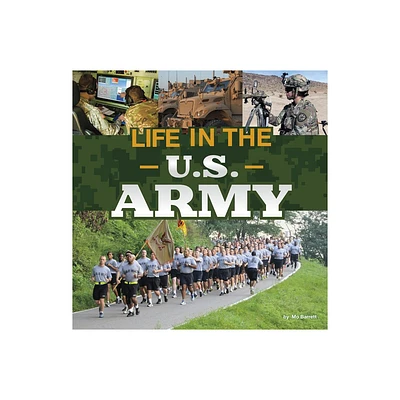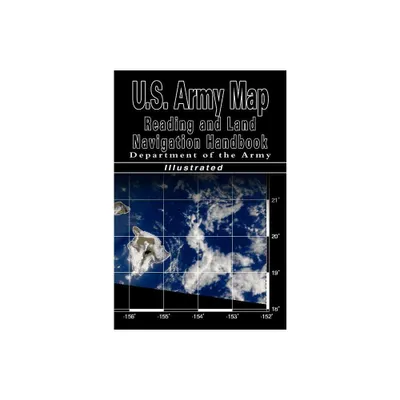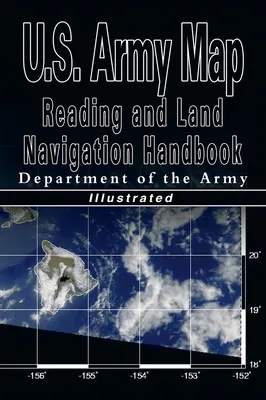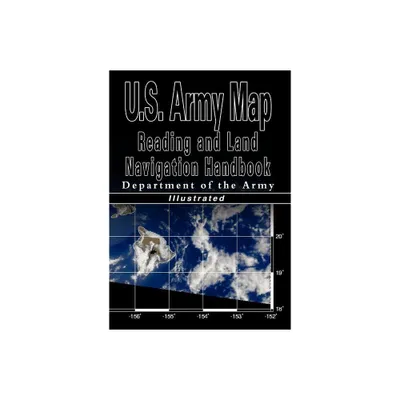Home
In Order to Win, Learn How to Fight: The U.S. Army in Urban Operations
Loading Inventory...
Barnes and Noble
In Order to Win, Learn How to Fight: The U.S. Army in Urban Operations
Current price: $14.95


Barnes and Noble
In Order to Win, Learn How to Fight: The U.S. Army in Urban Operations
Current price: $14.95
Loading Inventory...
Size: OS
*Product Information may vary - to confirm product availability, pricing, and additional information please contact Barnes and Noble
The urgent requirement for US Army preparedness in conducting urban operations (UO) is very real. As global urbanization continues to increase, the contemporary threat environment makes operations in cities impossible to avoid. The past decade has demonstrated through the American experiences in Mogadishu and Russian experiences in Grozny, less capable forces will attempt to use urban terrain asymmetrically to even the balance of power against technologically superior military forces.While we have always had a serious requirement to conduct urban operations, the very nature of the cold war, which was successful by its deterrence, prevented us from ever having to face the reality of fighting such urban engagements. In the post-cold war era, the U.S. Army is forced to face the realities of fighting in the urban environment. It is not enough to speak of preparing for "future urban operations"; the future is here today and the Army must be prepared to engage in urban operations even as it moves towards the objective force. Being prepared means having solid doctrine, realistic training programs and facilities, and appropriate equipment to ensure success on the urban battlefield when the time comes to fight there.This book asks the question, "Is the US Army adequately preparing for contemporary and future urban operations?" To determine the answer to this question, the book 1) examines the urban threat, 2) analyzes the Army's current and evolving urban operations doctrine, 3) analyzes its urban training and training infrastructure, and 4) determines how effectively equipped the force is for operations in the urban environment.This book determines that while there has been a significant improvement in the Army's urban operations doctrine, the Army still remains under-prepared for urban operations, because it is still not training UO as a joint and combined arms team across the full spectrum of operations. This is in large part due to continued shortfalls in training infrastructure and a lack of UO specific equipment in units. While there are existing plans and funds to correct some of these deficiencies over the next decade, the Army cannot afford to wait. Thus the book concludes that in the near term, the Army must maximize UO training at every level capable in order to validate doctrine, learn how to fight, and develop needed equipment for urban operations.


















